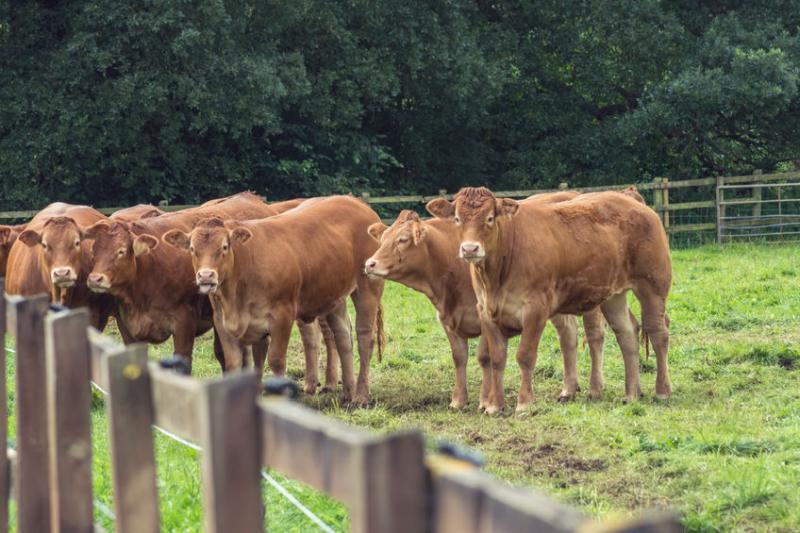
A new consultation aimed at beef producers has been launched to determine the best way of measuring and comparing antibiotic use in UK herds.
It aims to identify a common set of measures for beef farms to allow farmers to understand their antibiotic use and how this is changing over time.
In turn, this will help guide discussions around responsible antibiotic use and help the beef sector meet its current and future antibiotic use targets.
The beef sector is already a low user of antibiotics. However, it has acknowledged the need for better data and a commitment to addressing ‘hotspots’ of use.
Identified through RUMA’s Targets Taskforce, beef producers have committed to a 10 percent reduction in antibiotic use by 2020.
But the new consultation, launched by the Cattle Health and Welfare Group (CHAWG), said beef metrics have taken long to define because of the complexity created by a wide array of production systems and numerous movements on and off farms.
Chair of CHAWG, Tim Brigstocke said: “While there is a method in place to report national antibiotic use of beef herds using the Population Correction Unit (PCU) developed by the EU, it’s not suitable to use this for comparison at farm level because of its focus on measuring antibiotic use against the number of slaughter animals.
“In the UK, many beef farms do not produce slaughter animals, or they produce so few that this number does not fairly represent their production system.
“The aim is to identify metrics that provide a sensible balance between accuracy and pragmatism, that work for the majority of farms, and – most importantly – give producers the feedback they need to make improvements in responsible medicine use while protecting health and welfare,” he said.
Within the consultation, it has been recommended that figures are calculated for both total antibiotic use, and use of highest-priority Critically Important Antibiotics (HP-CIAs).
This is because a reduction in total antibiotics used must not be achieved through a shift towards use of HP-CIAs, which often require lower doses.
“In an effort to come up with the most practical system, four options have been proposed,” added Mr Brigstocke.
“Two of these are different ways of defining a ‘Standard Beef Cattle Unit’ or SBCU, which is a weight-based measure. Then a further two options are animal-based measures, examining both the percentage of animals treated, and the treatment days per animal.
“We really want to hear from as many beef farmers and vets who work with beef herds as possible, so we can understand which measures would be most useful for them and the easiest to provide the data for.”
He said: “The cattle industry has responded proactively to very legitimate concerns about antibiotic resistance, and we have seen a rapid fall in the use of HP-CIAs through the strong support of Red Tractor among others. This is about taking the next step.”
The consultation will be open until 23 August.
